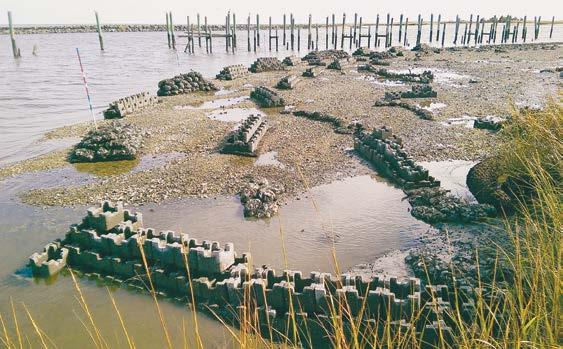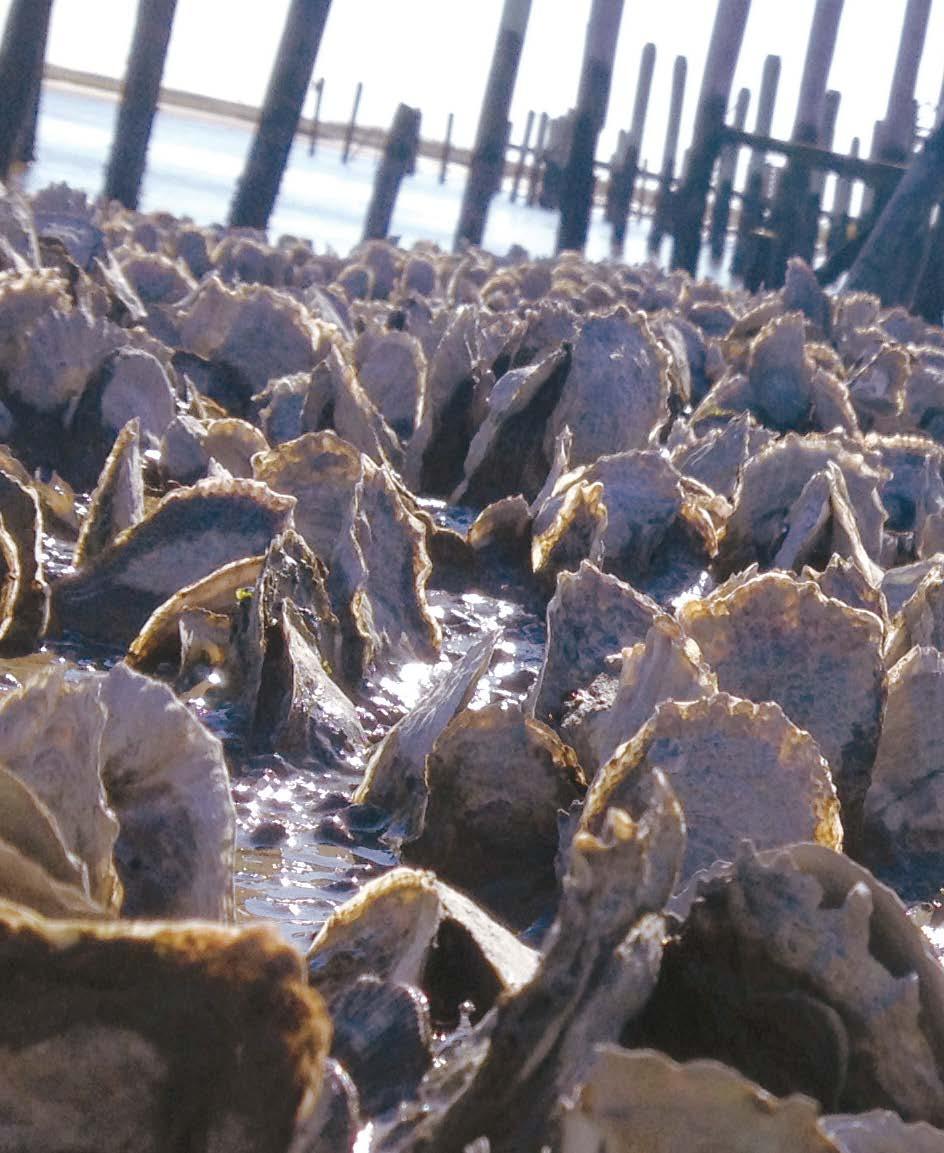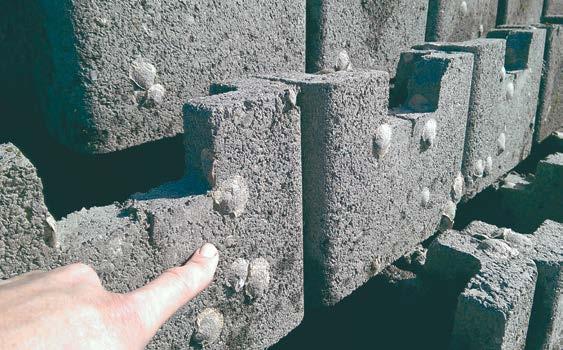
1 minute read
OYSTER ARMOR:
In the wake of Hurricane Sandy, there has been a dramatic upswing of interest in the value of natural habitats for flood protection and coastal resilience. Tidal wetlands, sand dunes, and shellfish reefs were formerly more abundant along the Delaware Estuary’s shorelines.
In coastal communities, where these habitats had become degraded or lost, storm damages were more pronounced than in areas where they remain. As a result, restoration groups are now weighing the costs and benefits of investments in these natural habitats compared to traditional hard-armoring tactics. Examples of the latter include seawalls, rock revetments (sloping rock walls), and bulkheads. In some cases, these were even found to compound storm damages.
Advertisement
Of all the natural habitats, large healthy oyster reefs are the most resilient. Oysters naturally cement together, forming a fused reef that supports dozens of other plant and animal species. When situated in shallow water, oyster reefs help to break waves and dampen storm surges, allowing other habitats such as beaches and wetlands to form and sustain themselves.

Oysters are often called “ecosystem engineers” because they build complex habitats, creating biological hot spots. Fish are more abundant and diverse on oyster beds than nearby. Healthy oyster reefs also function like water filtration plants, helping to keep the water clean and improving growing conditions for submerged plants.

Unfortunately, wild oyster populations are in decline worldwide due to many factors. In the Delaware Estuary, oyster diseases continue to undermine restoration efforts because they proliferate in warmer and saltier water. And this is expected to further increase with climate change.
But one possible upside to climate change is that oysters should be better able to tolerate life along our intertidal shorelines because of an expected decrease in winter freeze kill (except this past winter!). In fact, in many areas of the Delaware Estuary, we’re starting to see intertidal oyster reefs begin to establish themselves, similar to coastal areas of Virginia and the Carolinas. This provides a new opportunity to include oysters in coastal restoration projects situated in shallow areas.
Living shorelines are nature-based restoration tactics which aim to take advantage of the natural resilience of key plants and animals, such as oysters. In places where










